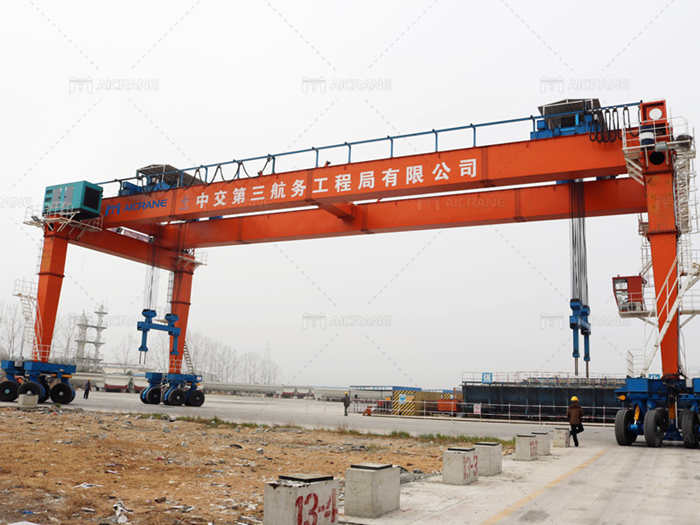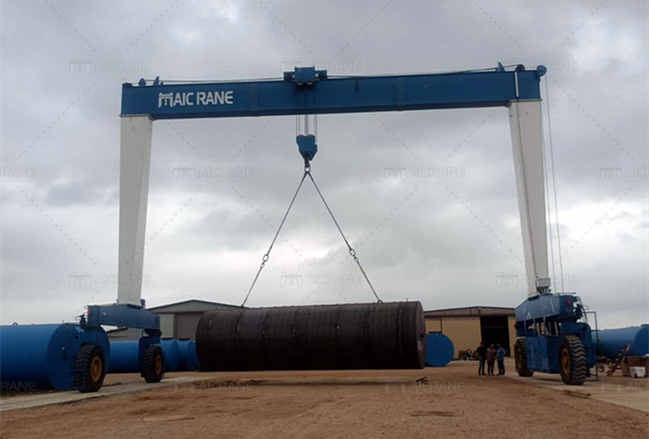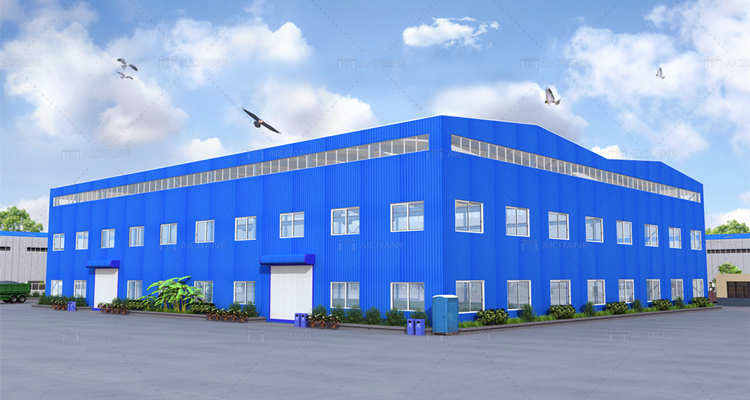
How to Repair Tires of a Straddle Crane
A straddle crane is a vital piece of equipment in container handling and port operations.



© 2024 Crivva - Business Promotion. All rights reserved.